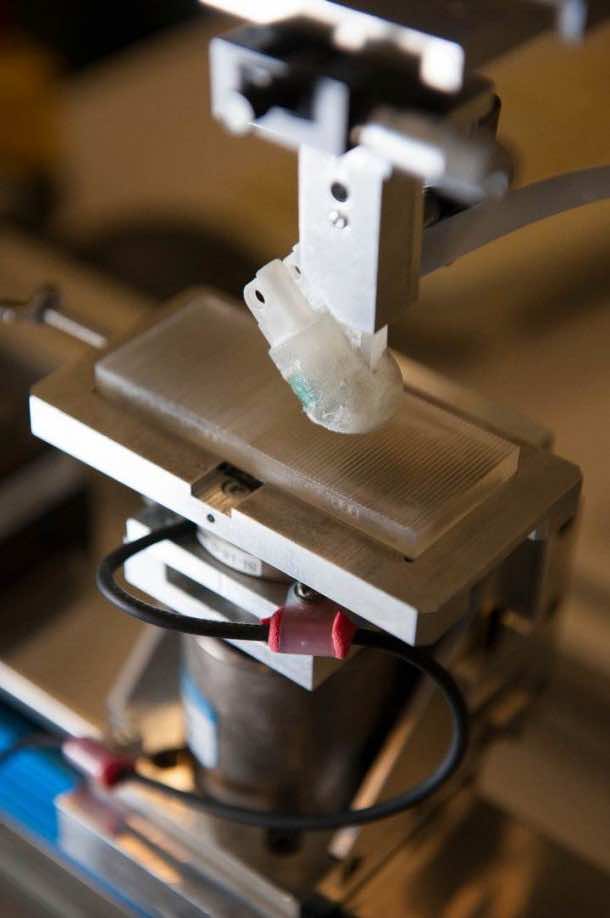Meet Dennis Aabo Sørensen, who is missing a hand and was selected for an experiment that involves a new bionic fingertip. He was able to feel rough and smooth textures using the artificial fingertip that was implanted onto his arm. The electronic fingertip was hardwired surgically to the nerves in his upper arm. He is the first person in the world to have recognized texture via bionic fingertip that was connected to electrodes – surgically implanted above his stump.
The invention has been created by a team of scientists from the Ecole polytechnique fédérale de Lausanne (EPFL) in Switzerland, and Italy’s Scuola Superiore Sant’Anna (SSSA) research institute.
After it was connected to Sørensen, the machine moved it across smooth and rough plastic surfaces. The sensors in the fingertip created electrical signals in response to deformation caused by the topography of the surfaces. These generated signals were then transmitted to the nerves in the form of a series of electrical spikes. For those who didn’t get that, this is the ‘language of the nervous system’. Sørensen was able to differentiate between the two surfaces with an accuracy of 96%.
Sørensen said, “The stimulation felt almost like what I would feel with my hand. I still feel my missing hand, it is always clenched in a fist. I felt the texture sensations at the tip of the index finger of my phantom hand.”
Non-amputees were also able to feel using the fingertip with an accuracy of about 77%. It was connected to their arm nerves via fine needles that pierced the skin. This means that the further development of technology can be tested on non-amputees as well.
SSSA’s Calogero Oddo said, “It will also be translated to other applications such as artificial touch in robotics for surgery, rescue, and manufacturing.”
